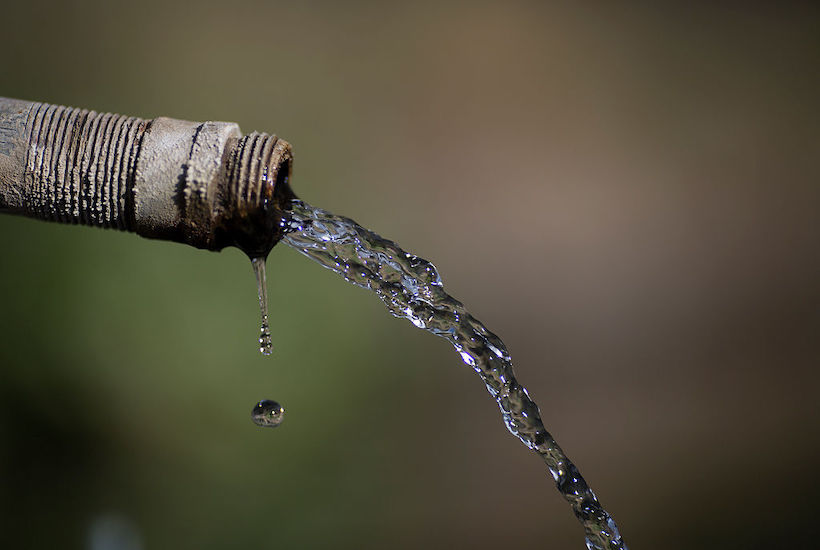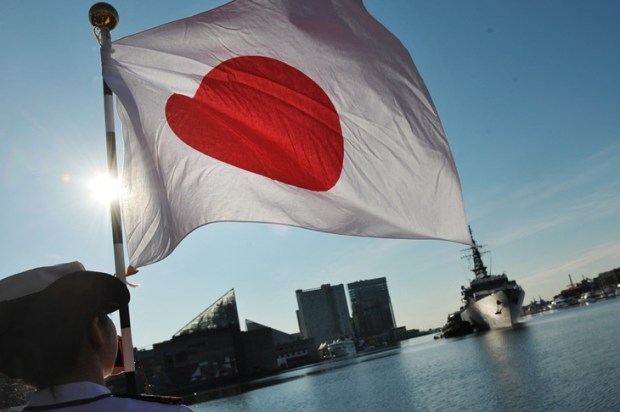Australia may be the “land of drought and flooding rains”, but that is no excuse to mismanage abundance and utilise water poorly in times of drought. Our society is still fumbling with the concept of “reduce, reuse, recycle” for waste such as bottles, cans, paper and plastic, and in the case of water, we have barely acknowledged the need, let alone considered the concept. Australia needlessly has a ‘water crisis’ that can be easily solved by embracing water recycling.
Analysis of water infrastructure across Australia shows the dominance of ‘crisis’ driven decisions. For example, in response to the Millennium Drought, political crisis led to the introduction of desalination plants to meet urban demand. These ‘water factories’ offered the lowest risk politically and created government revenue opportunities. However, they require excessive energy — “bottled electricity”, as former New South Wales premier Bob Carr put it — and increase water prices.
Using similar technology to desalination plants, crystal clear wastewater from our cities and towns can be treated to the same high quality, but at one third the energy use and can significantly reduce the pollution of our rivers and oceans, particularly from pharmaceuticals, viruses and microplastics).
Before to the Millennium Drought, construction of Sydney’s Warragamba Dam (1960) was driven by the World War II drought crisis. Even then, the Water Board knew that water demands would exceed Warragamba’s capacity to deliver by 2000. In 1972, the Water Board bravely attempted to break the crisis management cycle, with three solutions proposed: a sister dam to be known as Welcome Reef; a desalination plant; or a potable water recycling plant. Operating costs and unproven technology saw off the desalination and recycling options while activism saw off the dam.
When crisis water shortage reoccurred in 2000-2010, an energy-demanding desalination plant was chosen to save Sydney’s from the drought. Now all our other capital cities have such plants and by 2015 Australia had joined the global top 10 desalinated water producers.
While Sydney’s population happily drinks the treated water from Warragamba Dam, few would know that this is sourced from a 16,200 square kilometre catchment containing pollution from millions of animals and treated sewage effluent from millions of people all of which runs into Sydney’s dams. Sydney Water (indeed all our water utilities) manages, treats and distributes this water to provide world-class safe drinking water for their customers. Adelaide residents drink water extracted and treated from the Murray River which includes the treated effluent from Canberra, Yass, Wagga Wagga, Albury, Shepparton and so on, along with and pollution from the one million square kilometres of the Murray Darling Basin.
Across Australia, traditional drinking water supplies take raw polluted water, treat it and distribute this safe drinking water to our taps. This “unplanned” potable water recycling is deemed perfectly acceptable. However, if you plan potable water recycling, the regulatory costs skyrocket. Other water supplies around the world have demonstrated the high quality and security of such supplies. Indeed, Singapore (renowned for its high standards) currently supplies 40 per cent of its water supply this way and it’s called “NEWater”.
Most governments and water authorities in Australia shelter behind the “planned/unplanned” terminology because unplanned means it’s not their responsibility, whereas planned means they may be liable. Singapore has planned ahead, consulted, informed and delivered potable recycled water. Meanwhile, our water industry and politicians continue to prioritise desalination, which makes no economic, scientific or common sense.
Future increases in water demand can be met through urban rainwater and stormwater harvesting; groundwater bore fields; and water recycling including full-blown potable water recycling for drinking purposes. Political leadership is needed to set the agenda for managing Australia’s water more wisely. We must educate our children (and ourselves) about the water cycle, and its value and impact on our lifestyle and well being. Desalination plants may be part of that future management, but only when other more efficient and effective solutions such as urban rainwater harvesting, and potable water recycling have been fully embraced.
Desalination is ‘king’ in the global water industry, and it wants more customers. In the Middle East, energy is very cheap, so desalination is an obvious choice. Spain’s desalination program is assisted generously by the EU Water Plan, making cost a secondary issue and allowing them to use 11 per cent of its capacity for agriculture.
Some people are now suggesting desalination could resolve rural water overuse in the Murray Darling Basin. Indeed, the recent Federal government drought package has indirectly donated $89 million to South Australia ramp up water supply from its desalination plant, to reduce its extraction from the Murray (its drinking water source), to enable 100 gigalitres of river water to be used by irrigators. Equally so, Victoria’s water grid is now being fed desalinated water, some of which may end up being released for environmental or irrigation use. It has been suggested that desalinated water could be piped to the Murray Darling Basin floodplains for irrigation. Should Australia engage in an agricultural desalination supply program (like Spain) it would be the equivalent of feeding crops and animals with sparkling Perrier water and damaging the Basin further.
So, during the current drought, what should you expect from our water suppliers and governments? Just the same again — bigger desalination plants for our cities or maybe desalination plants to feed irrigation to the Murray Darling Basin? Perhaps a more sustainable approach that could stop the Groundhog Day crisis management cycle? By adopting a more diverse sustainable approach (including planned potable water recycling) we would have a range of water sources that can be applied more effectively across urban, industrial, rural and environmental sectors.
The only water crisis we have is a crisis of politics, media, education — or just political and bureaucratic mismanagement, compounded by our own complacency and ignorance.
Charles Essery is and independent water consultant, a former academic, water industry scientist and NSW state government executive.
Got something to add? Join the discussion and comment below.
Got something to add? Join the discussion and comment below.
Get 10 issues for just $10
Subscribe to The Spectator Australia today for the next 10 magazine issues, plus full online access, for just $10.


























Comments
Don't miss out
Join the conversation with other Spectator Australia readers. Subscribe to leave a comment.
SUBSCRIBEAlready a subscriber? Log in